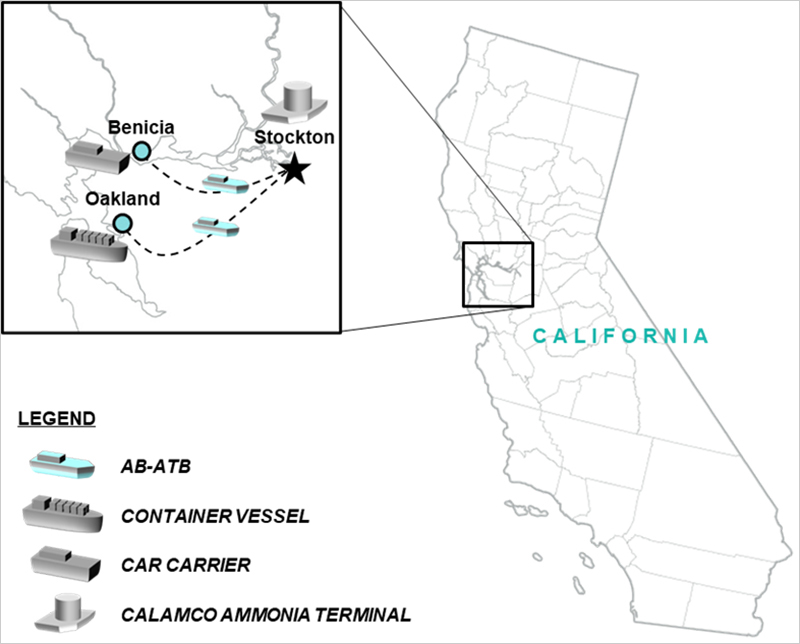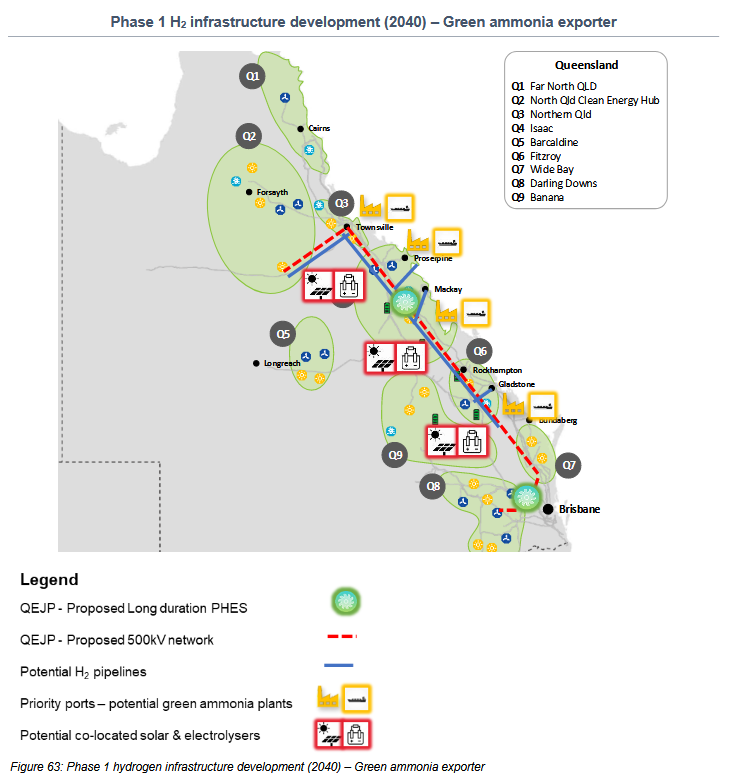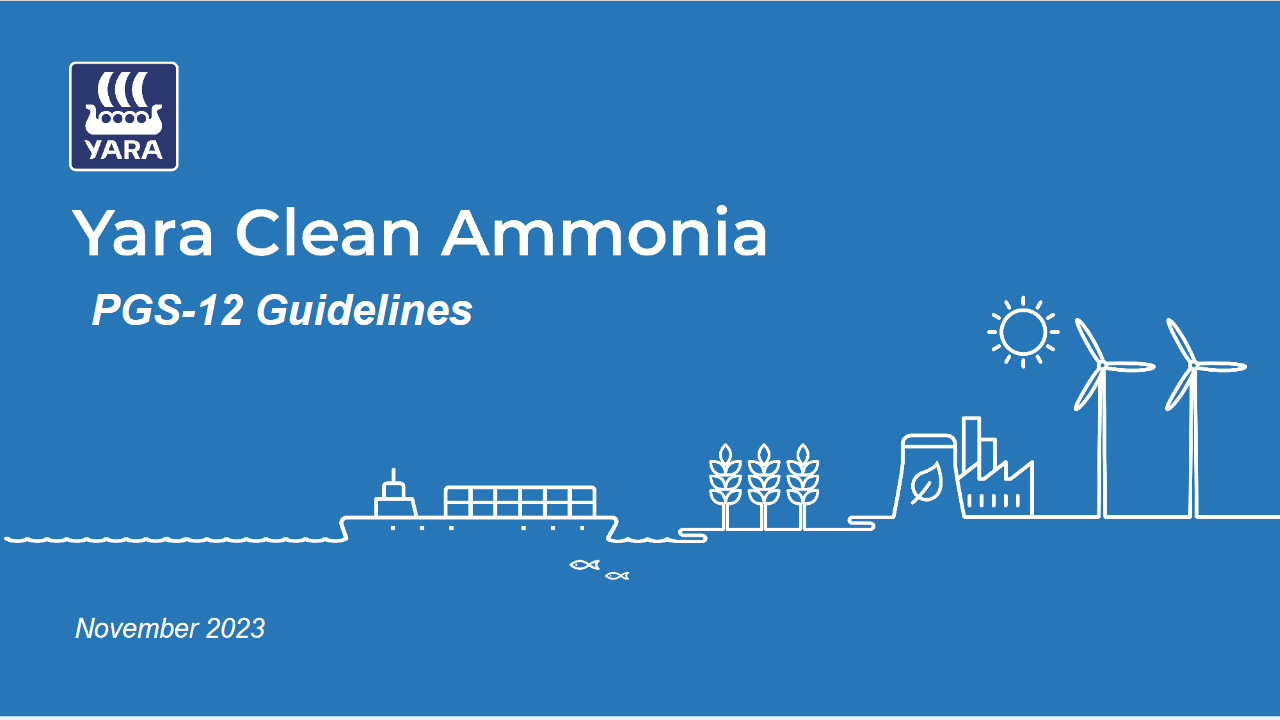Ammonia bunkering in California
The American Bureau of Shipping, Fleet Management Limited, Sumitomo Corporation, TOTE Services and CALAMCO will explore the feasibility of ship-to-ship bunkering at the Ports of Oakland and Benicia, leveraging CALAMCO’s existing ammonia import and storage terminal at the Port of Stockton.









